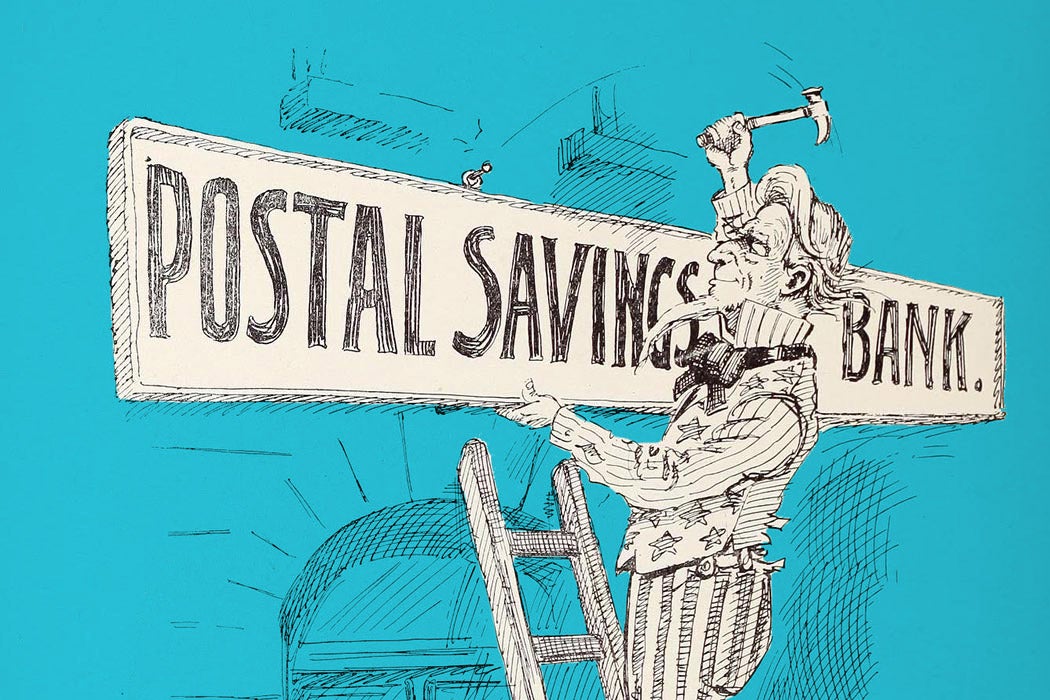- Messages
- 27,011
- Reaction score
- 4,832
- Points
- 288
Just an interesting look back in time.
“Millions of Americans deposited their earnings at the local post office,” Shaw writes, noting that
Read the rest:

 daily.jstor.org
daily.jstor.org
A People’s Bank at the Post Office
Post offices in the United States used to host the Postal Savings System. It was a form of non-profit savings bank and existed from 1911 to 1966. Historian Christopher W. Shaw tracks the “life and death” of this public bank, which gave “a measure of financial security” to small depositors and allowed for a “reimagining of the basic order of the financial system.”“Millions of Americans deposited their earnings at the local post office,” Shaw writes, noting that
Read the rest:

A People’s Bank at the Post Office - JSTOR Daily
The Postal Savings System offered depositors a US government-backed guarantee of security, but it was undone by for-profit private banks.
 daily.jstor.org
daily.jstor.org
